The pigeons have had a good peck at the Brussels sprouts at Cheadle College this year, and my father is cursing the blackbirds for decimating his gooseberry crop in the summer. However, many birds are beneficial to gardeners - feeding on slugs, snails, aphids, caterpillars and other pests.
Do keep feeding birds throughout the winter, when food is scarce; this helps them maintain the fat reserves they need to keep warm, and the shorter days also mean less time for birds to find their own food.
What should we feed the birds?
Different birds like different foods. If you are able to put out a variety of food, then you are more likely to get a range of visitors to your garden; tits, siskins and greenfinches go for peanuts and sunflower seeds. House sparrows, dunnocks and reed buntings eat small seeds, like millet. Robins, wrens and dunnocks will also eat mild grated cheese from the ground, or a bird table.
Hanging suspended feeders filled with fat, seeds and other bird food are attractive to tits, greenfinches and sparrows.
All birds need water to drink and bathe regularly throughout the winter and many people forget this; make sure there is a bird bath or other shallow source of unfrozen water for them.
Bird-feeding precautions
Remember to wash your feeders and clean your bird tables frequently. With so many species and numbers visiting feeding stations, diseases can quickly spread. I gave my feeder a soak in hot water with Citrox, scrubbed it out with an old toothbrush and allowed it to dry, before filling it and putting it out.
Clear up any discarded food that accumulates under the feeders and always wash your hands after feeding the birds.
Remove any nylon mesh bags on shop-bought fat-balls and seed-cakes to prevent birds becoming entangled. And don’t put out whole peanuts or food with large, hard chunks once birds are feeding young; the chicks can choke on them.
Hanging feeders should preferably have a cage around them to deter larger birds and squirrels. I have fixed down the lid of my ‘squirrel-proof’ feeder with extra wire, to prevent the squirrels raiding it.
Hopefully this has given you some ideas for feeding our feathered friends. If you’re in creative mode, look out for my next blog post on making your own bird feeders.




